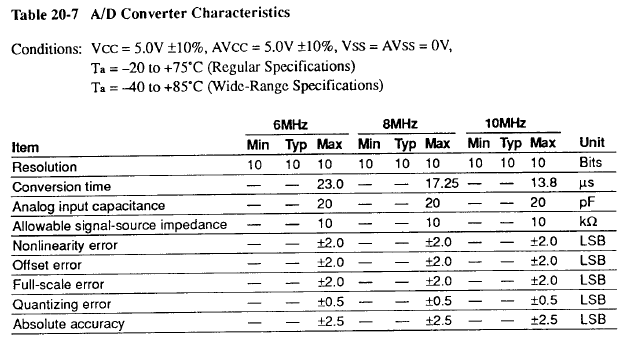melittophily
New Member
Awesome, thanks for helping me get here. Is there anything special about the zener I should select besides 5.1V? I may have one available.
Yeah I did consider an overvoltage LED. I will work on that for final implementation.
I would definitely like to bias the input voltage divider to 2.5V instead of ground in order to shift the signal being clamped toward the center of the control axis (the virtual joystick if you will) rather than toward 0V. It works great in simulation. Under real life conditions I know I have to work out some considerations in choosing resistors for it: https://electronics.stackexchange.c...o-choose-value-of-resistor-in-voltage-divider
I also assume I need to place another resistor inline from the middle pot pin to give the 2.5V a consistent load. Should I just cut the input resistor value in half approximately and use the same value here?
Yeah I did consider an overvoltage LED. I will work on that for final implementation.
I would definitely like to bias the input voltage divider to 2.5V instead of ground in order to shift the signal being clamped toward the center of the control axis (the virtual joystick if you will) rather than toward 0V. It works great in simulation. Under real life conditions I know I have to work out some considerations in choosing resistors for it: https://electronics.stackexchange.c...o-choose-value-of-resistor-in-voltage-divider
I also assume I need to place another resistor inline from the middle pot pin to give the 2.5V a consistent load. Should I just cut the input resistor value in half approximately and use the same value here?


